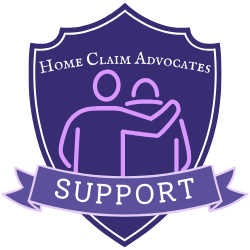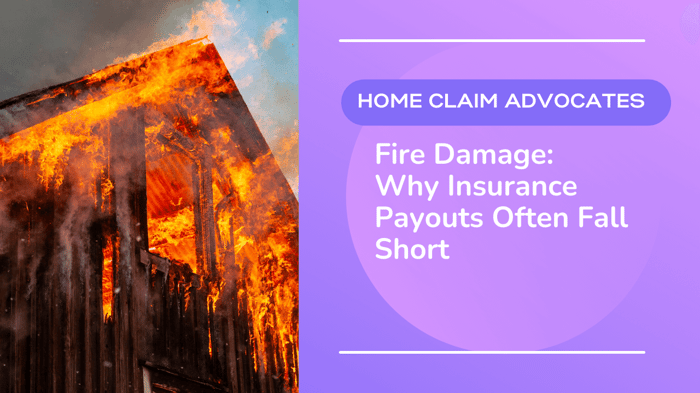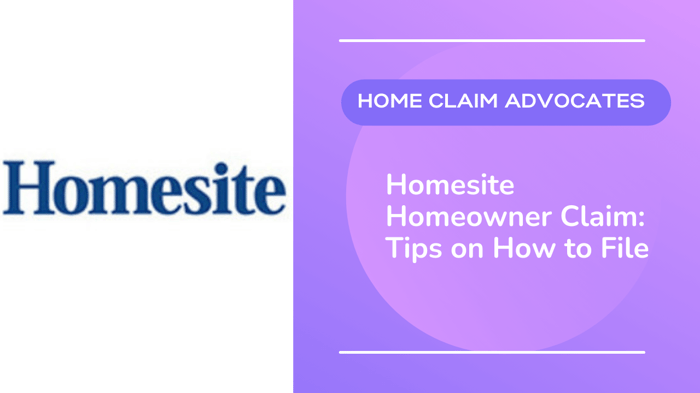Table of Contents
- What Is Fire Damage in a Homeowners Claim?
- The Hidden Costs of Fire Damage
- Why Insurance Companies Miss These Expenses
- The Claim Process for Fire Damage
- How a Public Adjuster Can Help
- Why Many Homeowners Settle for Less
- Why a Free Policy Review Is Essential
- Real-World Example
- Key Takeaways for Homeowners
- Conclusion
- FAQs
FAQs
Does homeowners insurance cover fire damage?
Yes, most standard homeowners insurance policies cover fire damage. This typically includes structural repairs, personal property replacement, and additional living expenses. However, insurers often undervalue the true costs, leaving gaps in coverage.
What types of fire damage are often missed by insurance adjusters?
Insurance adjusters may underestimate or exclude smoke and soot cleanup, water and mold remediation from firefighting, code-required upgrades, hidden structural damage, and extended temporary living expenses.
Why do insurance companies underpay fire damage claims?
Insurers rely on quick inspections, generic pricing software, and depreciation practices that reduce payouts. Their adjusters work for the insurance company, not the homeowner, and are tasked with minimizing claim costs.
Can I reopen my fire damage claim if I already accepted a payout?
Yes. In many cases, you can request a claim supplement or reopen a claim if hidden or secondary damage is discovered. With Home Claim Advocates’ Claim Settlement Double Check, you can have your payout reviewed at no cost—and you won’t pay anything unless we secure you more money.
How can a public adjuster help with my fire damage claim?
A public adjuster represents you, not the insurance company. They perform detailed inspections, prepare accurate repair estimates, review your policy for overlooked benefits, document all damage, and negotiate directly with your insurer to maximize your settlement.
What should I do immediately after a house fire?
Ensure your family’s safety, contact emergency services, and secure your property from further damage. Document all losses with photos and videos, save receipts for expenses, and consult a public adjuster before signing off on an insurance settlement. Check out our article on understanding your responsibilities in a homeowner claim for more help.
How long do I have to file a fire damage claim?
Deadlines vary depending on your policy and state law, but many range from 6 months to 1 year. A free policy review from Home Claim Advocates can clarify your timeline and ensure you don’t miss critical deadlines.








